Munich Walk, Germany
My German trip started in Munich.
Viktualienmarkt: Viktualienmarkt 3, 80331 München, Germany
Ohel Jakob Synagogue: Sankt-Jakobs-Platz 18, 80331 München, Germany
St. Michael München: Neuhauser Str. 6, 80333 München, Germany
Frauenkirche: Frauenplatz 1, 80331 München, Germany
Hofbräuhaus München: Platzl 9, 80331 München, Germany
Munich Residence: Residenzstraße 1, 80333 München, Germany
Date Picture Taken: May, 2024
Munich is a city where tradition meets modernity, uniquely blending historic charm and contemporary flair. As the capital of Bavaria, Munich is renowned for its beautiful architecture, from the medieval structures of the Altstadt (Old Town) to the grandeur of Nymphenburg Palace and the Baroque splendor of the Munich Residenz.
With a population of 1,594,632 as of 31 May 2024, it is the third-largest city in Germany, after Berlin and Hamburg, and thus the largest that does not constitute its own state. It is also the 11th-largest city in the European Union.
My starting point is Marienplatz, the central square of Munich, home to the Neues Rathaus (New Town Hall) with its famous Glockenspiel, which chimes daily and reenacts historical Bavarian events.




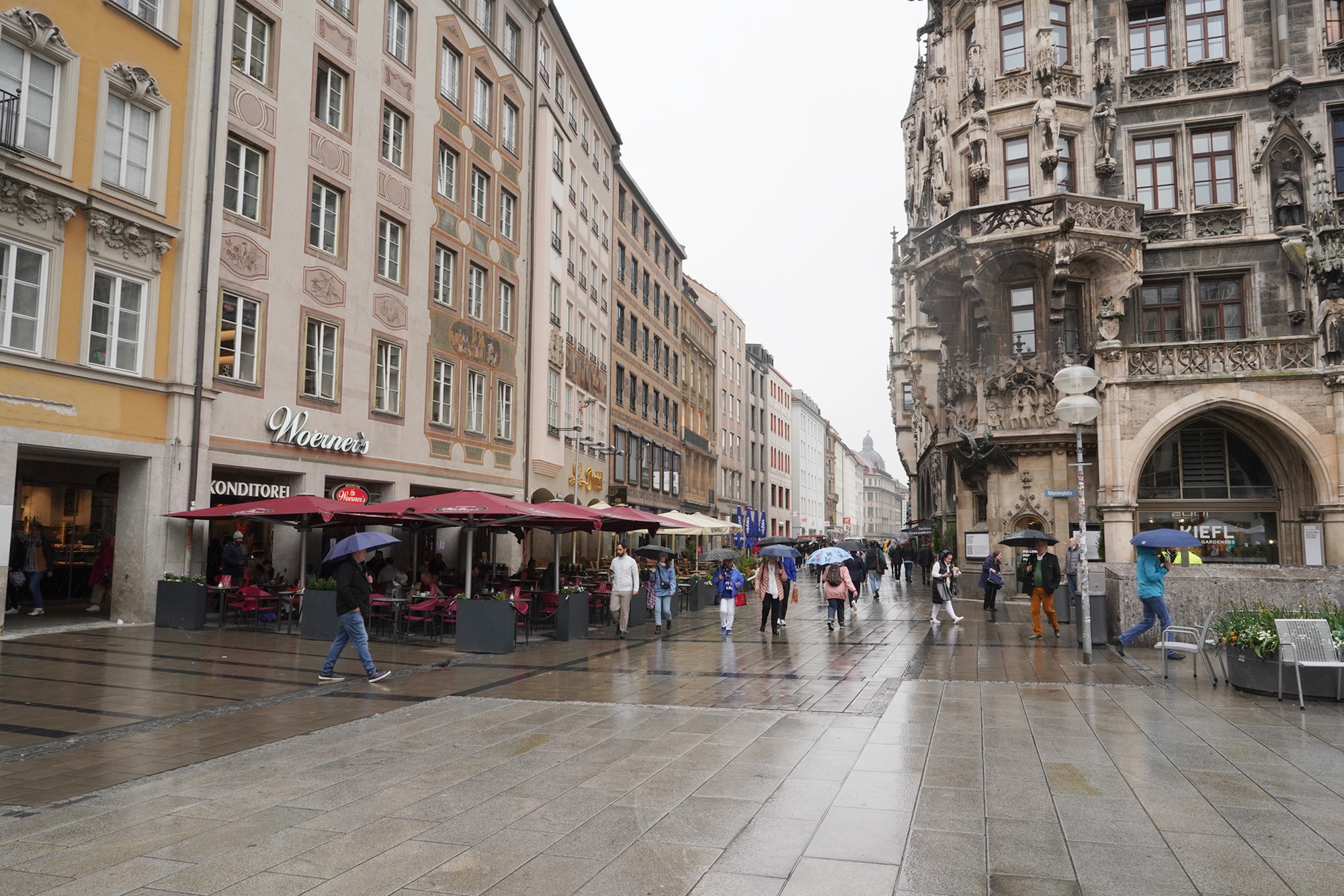
The New Town Hall (Neues Rathaus) in Munich is one of the city’s most iconic landmarks, located in the heart of Marienplatz, the central square of Munich. This neo-Gothic masterpiece was constructed between 1867 and 1908 to accommodate the growing administrative needs of the city as Munich expanded rapidly during the 19th century.
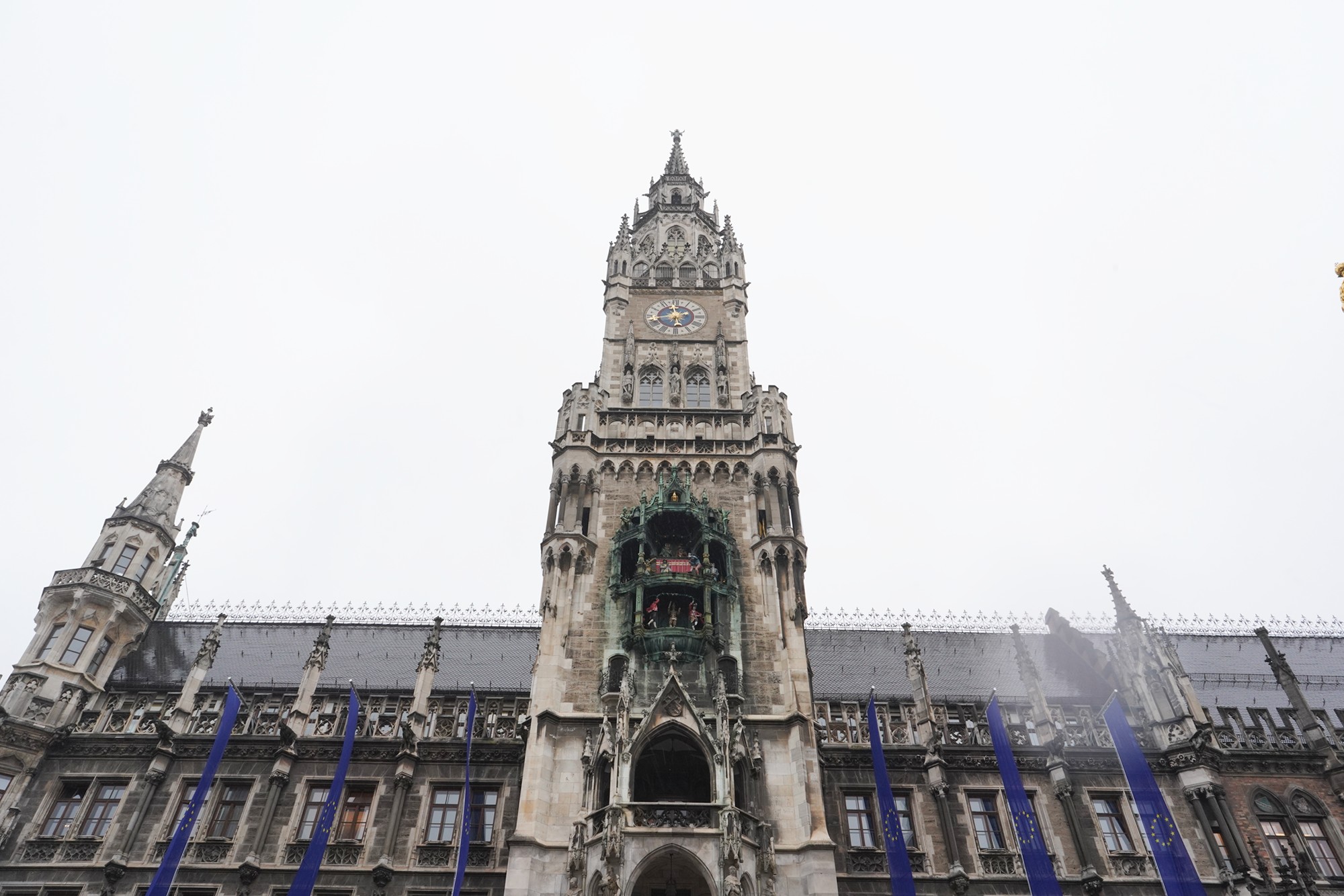




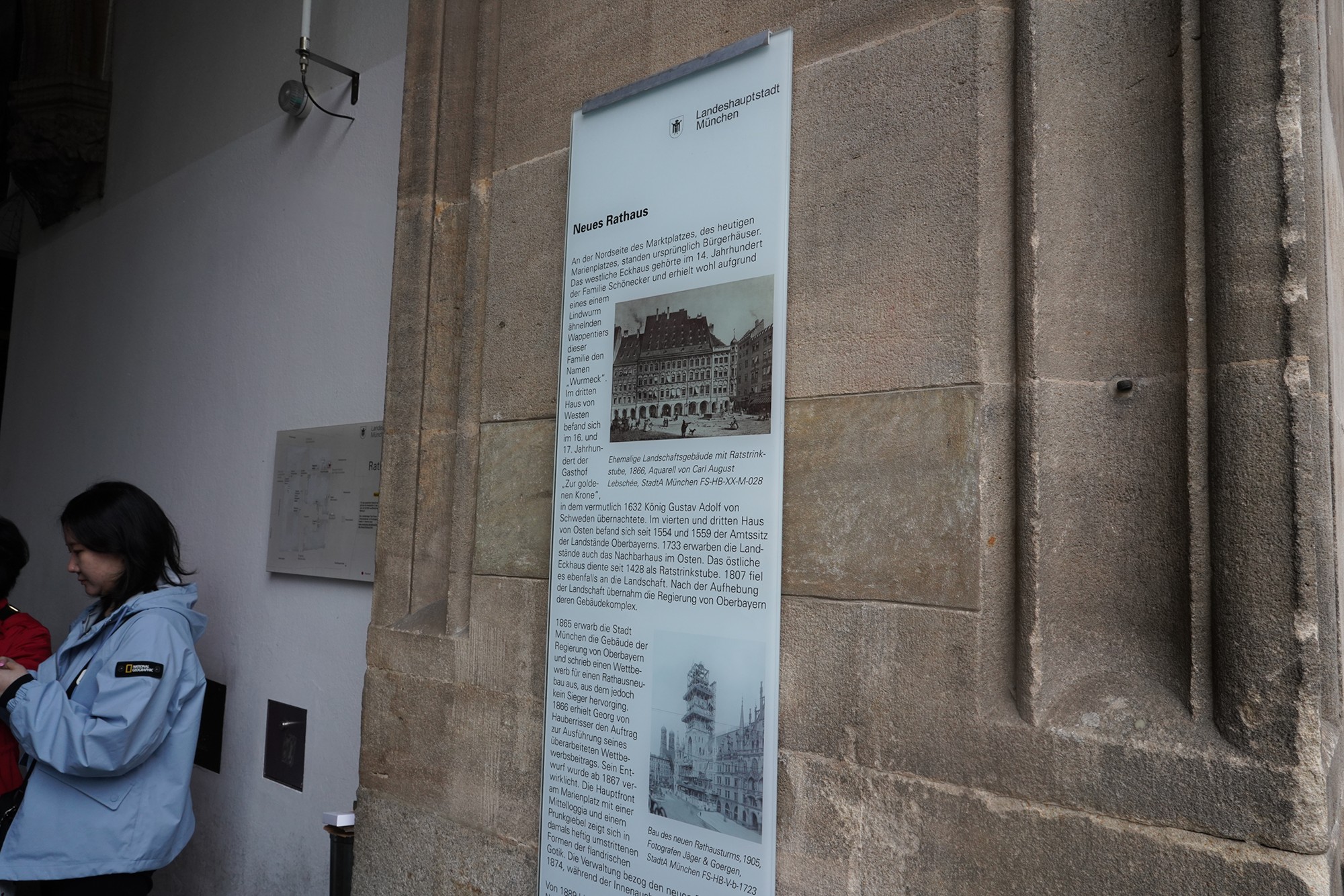
Inside, the New Town Hall houses the offices of Munich’s city government, including the mayor’s office. The grandiose interiors include richly decorated rooms and a grand staircase.





St. Peter Church – Munich’s oldest church, housing the jeweled skeleton of St. Mundita, plus a tower with city views.
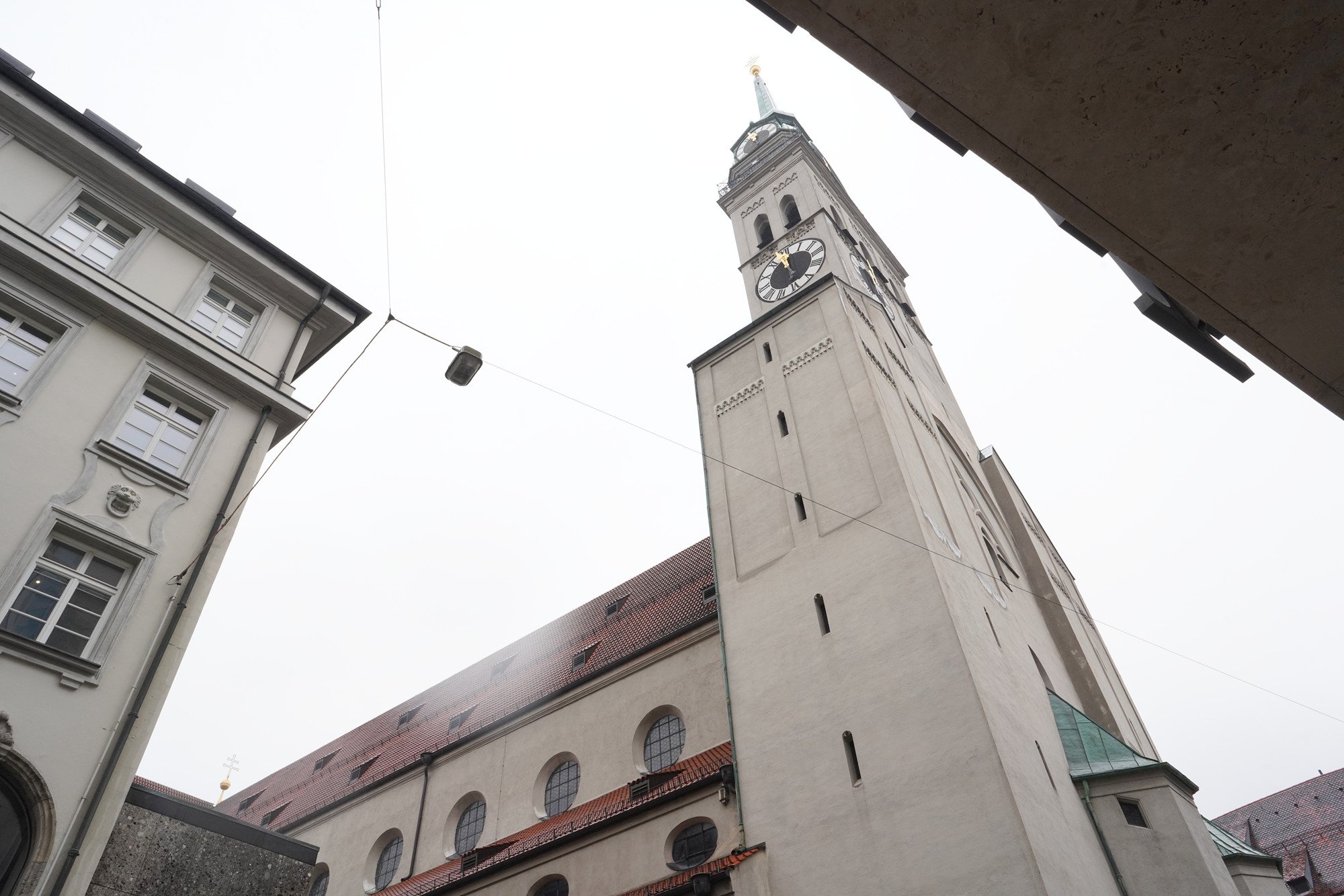


Back side

Another back side view

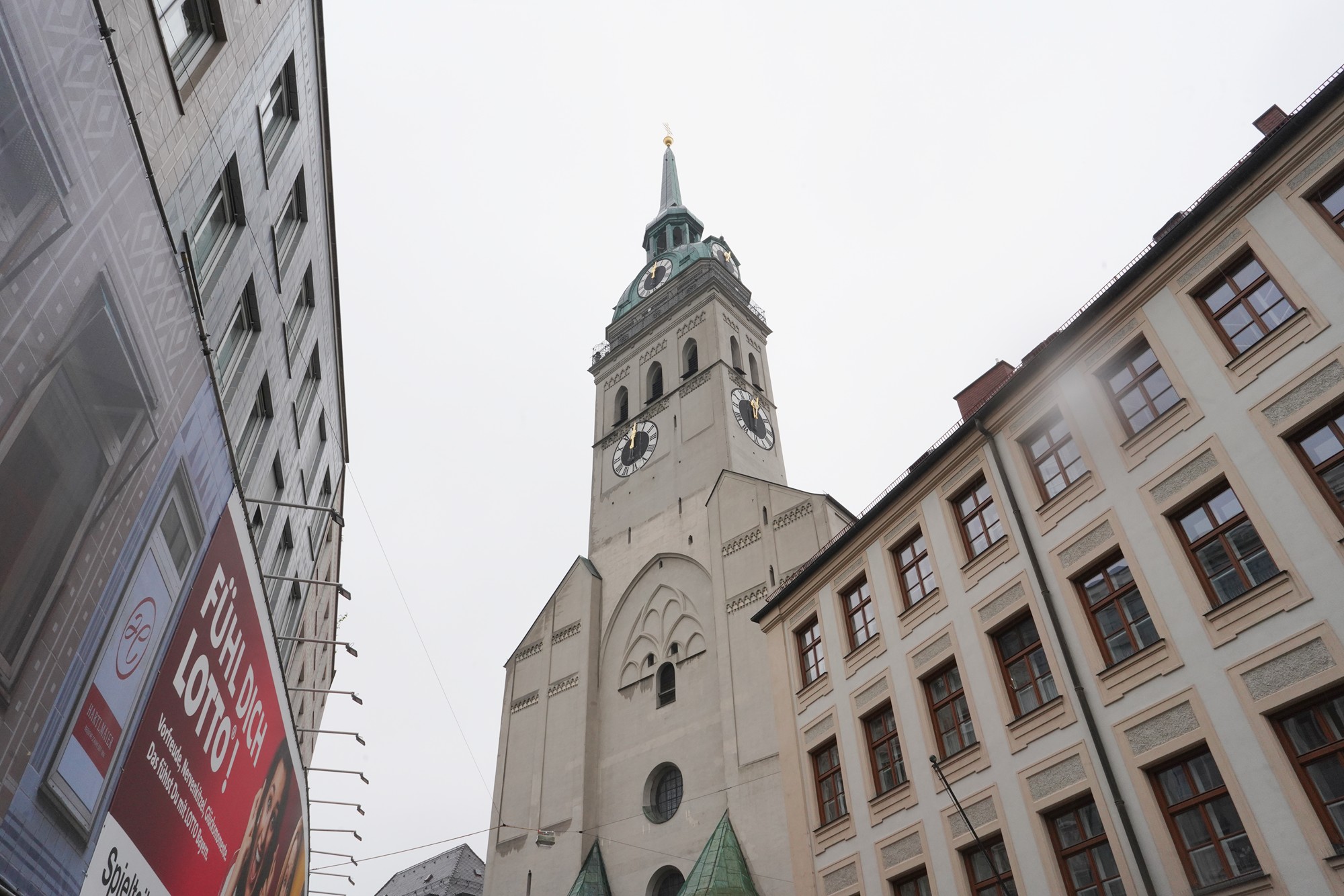



Heilig Geist Catholic Church – Gothic 14th-century church featuring ornate 18th-century decorative art on the vaulted ceiling


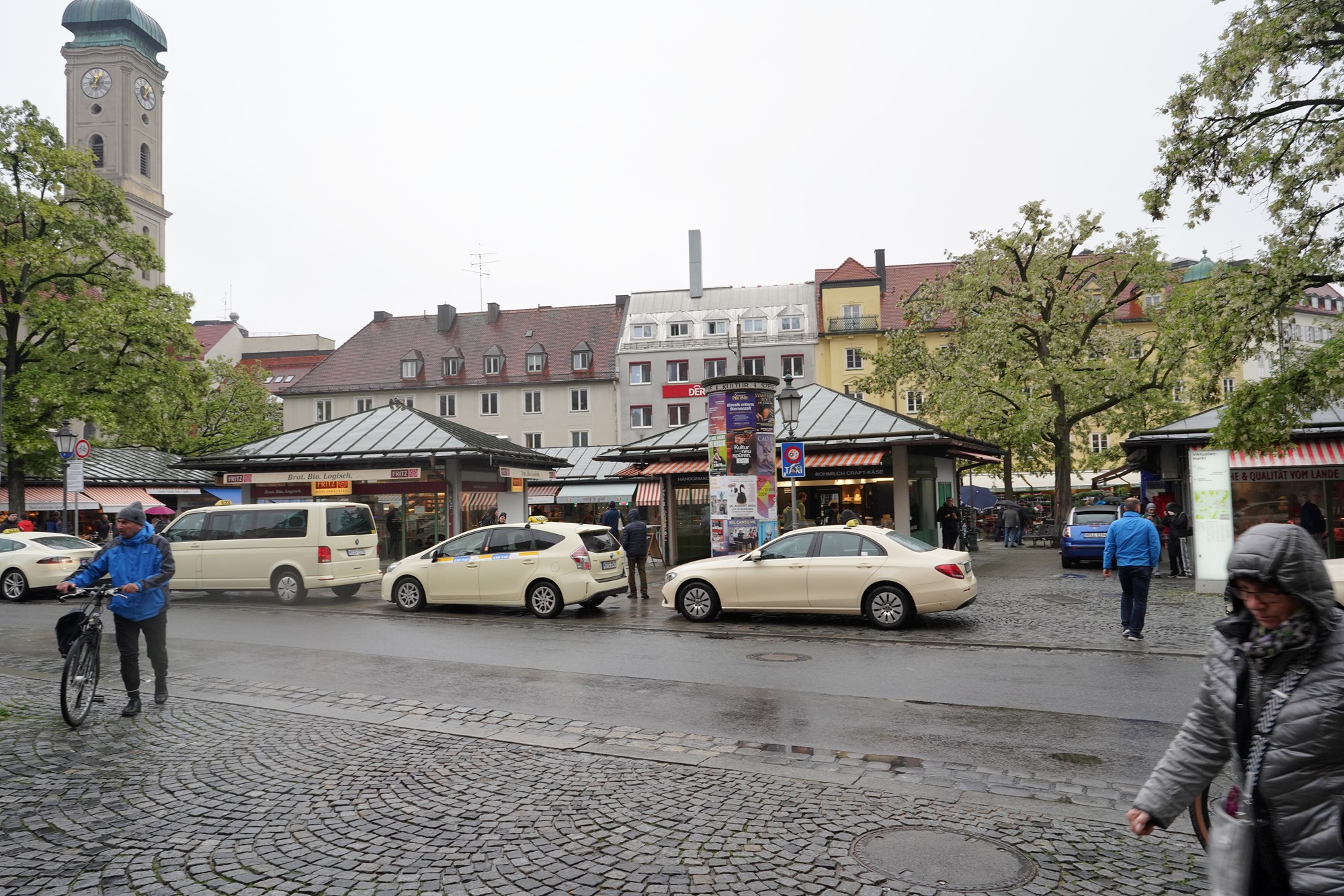
My left side

My right side

My front side is Viktualienmarkt, the sprawling 200-year-old market with over 100 stalls selling goods from fruit to meat & flowers.






Jüdisches Zentrum München Jewish Synagogue. The Jüdisches Zentrum München (Jewish Center Munich), also known as the Ohel Jakob Synagogue, is a significant cultural and religious site in Munich. The center symbolizes the vibrant Jewish community and is a testament to the city’s commitment to remembering and honoring its Jewish heritage.






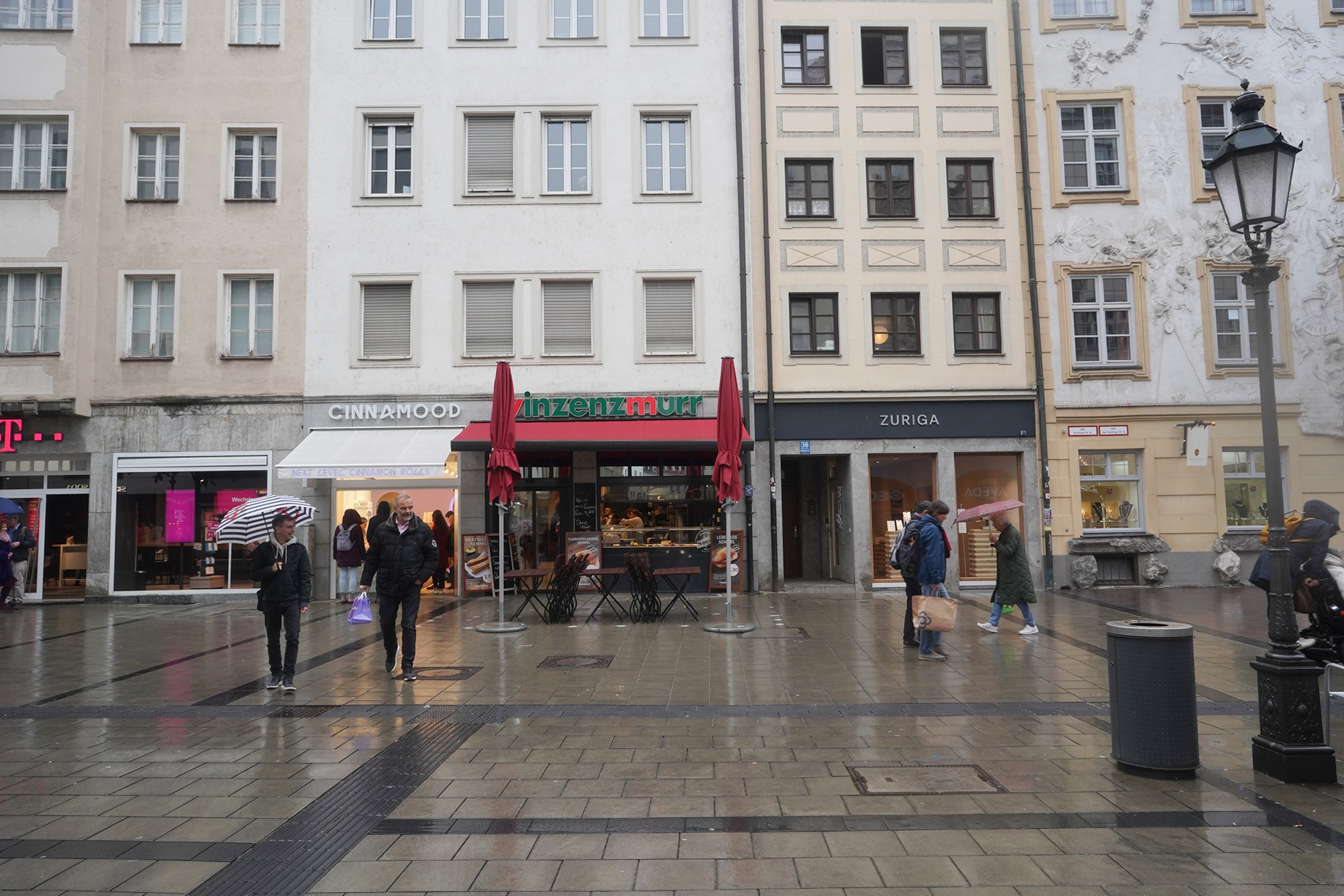
On Sendlinger Street, my left side

My right side

I turned right and walked back to the Marienplatz.

Asamkirche Church, Compact 1700s church known for its lavish, baroque interior swathed in gold leaf, frescoes & stucco.

I kept walked toward the Marienplatz
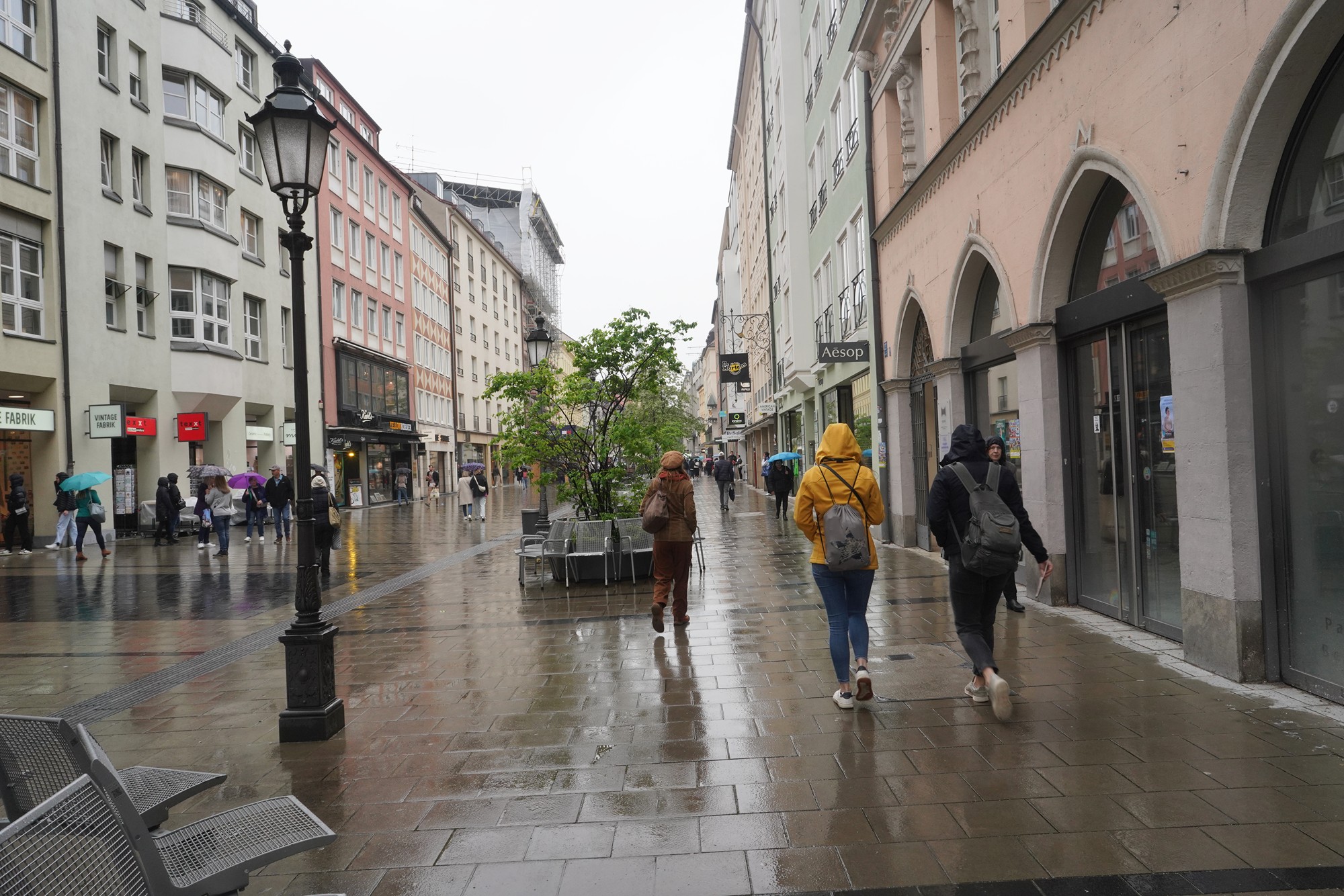







I am at the front of a GALERIA department store. The top floor of this store has a cafeteria.

The lunch at the cafeteria in the GALERIA department store



Out from the department store and on Kaufinger Street

A side street

Frauenkirche Catholic Church. Two towers top this restored Gothic church, bombed in 1945, known for its legendary Devil’s footprint.

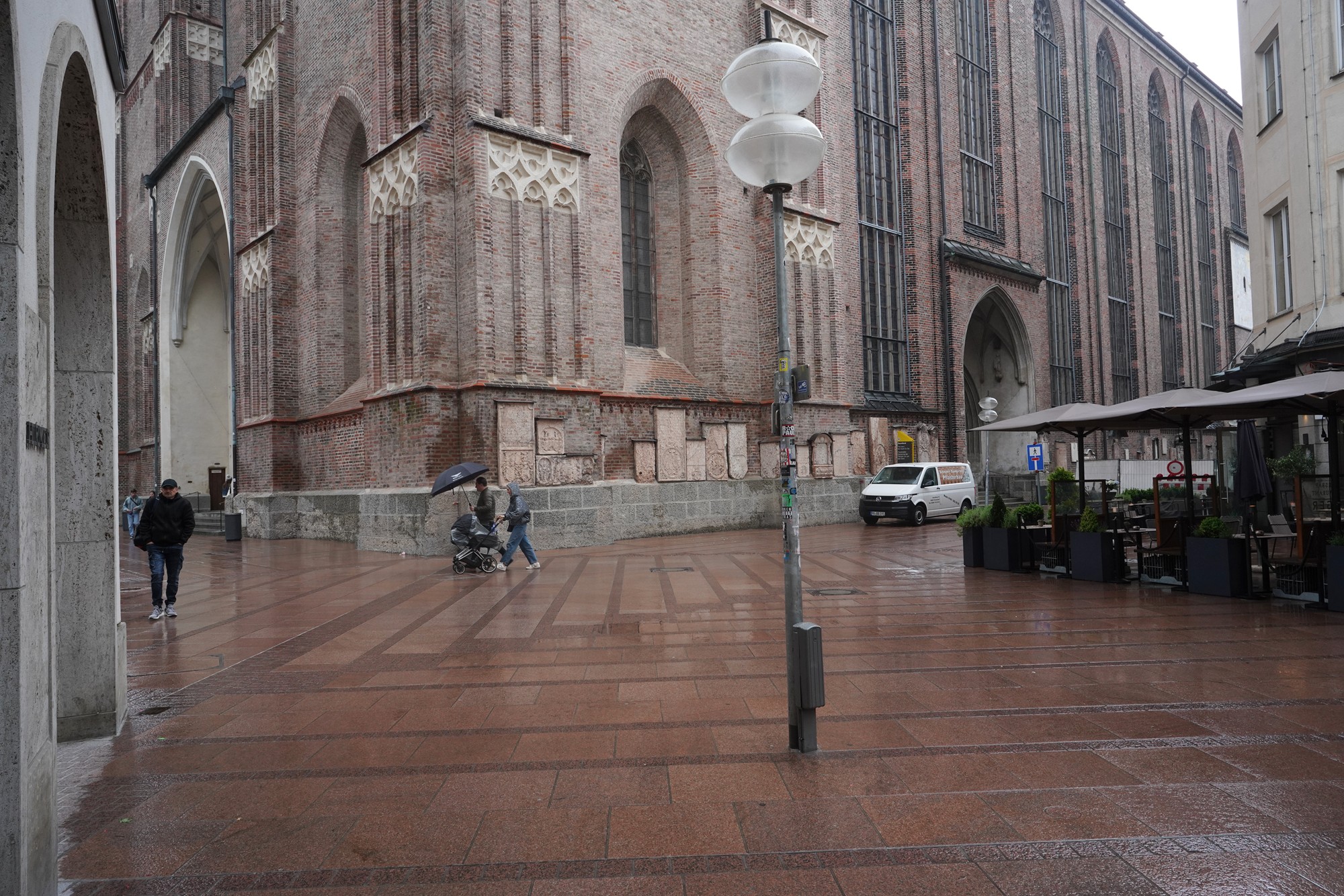

Back on the Kaufinger Street

Another side street


Back on the Kaufinger Street



St. Michael München Catholic Church. St. Michael’s Church (St. Michael München) in Munich is one of the most significant and grandest Renaissance churches in Germany. Located in the heart of the city, it stands as a masterpiece of late Renaissance architecture and holds great historical and religious significance.

Built between 1583 and 1597, St. Michael’s Church was commissioned by Duke Wilhelm V of Bavaria as part of the Counter-Reformation efforts to strengthen Catholicism in the region.

The interior of St. Michael’s is equally impressive, with a vast nave that measures 20 meters in width and 78 meters in length, making it one of the largest barrel-vaulted church spaces in the world at the time.



Back side

St. Michael’s Church is also the burial place of members of the Wittelsbach dynasty, who ruled Bavaria for centuries. The crypt beneath the church houses the tombs of several Bavarian dukes, kings, and members of the royal family, including the famous King Ludwig II, known for his fairy-tale castles like Neuschwanstein.

Looking at the front again

I walked back toward the Marienplatz.


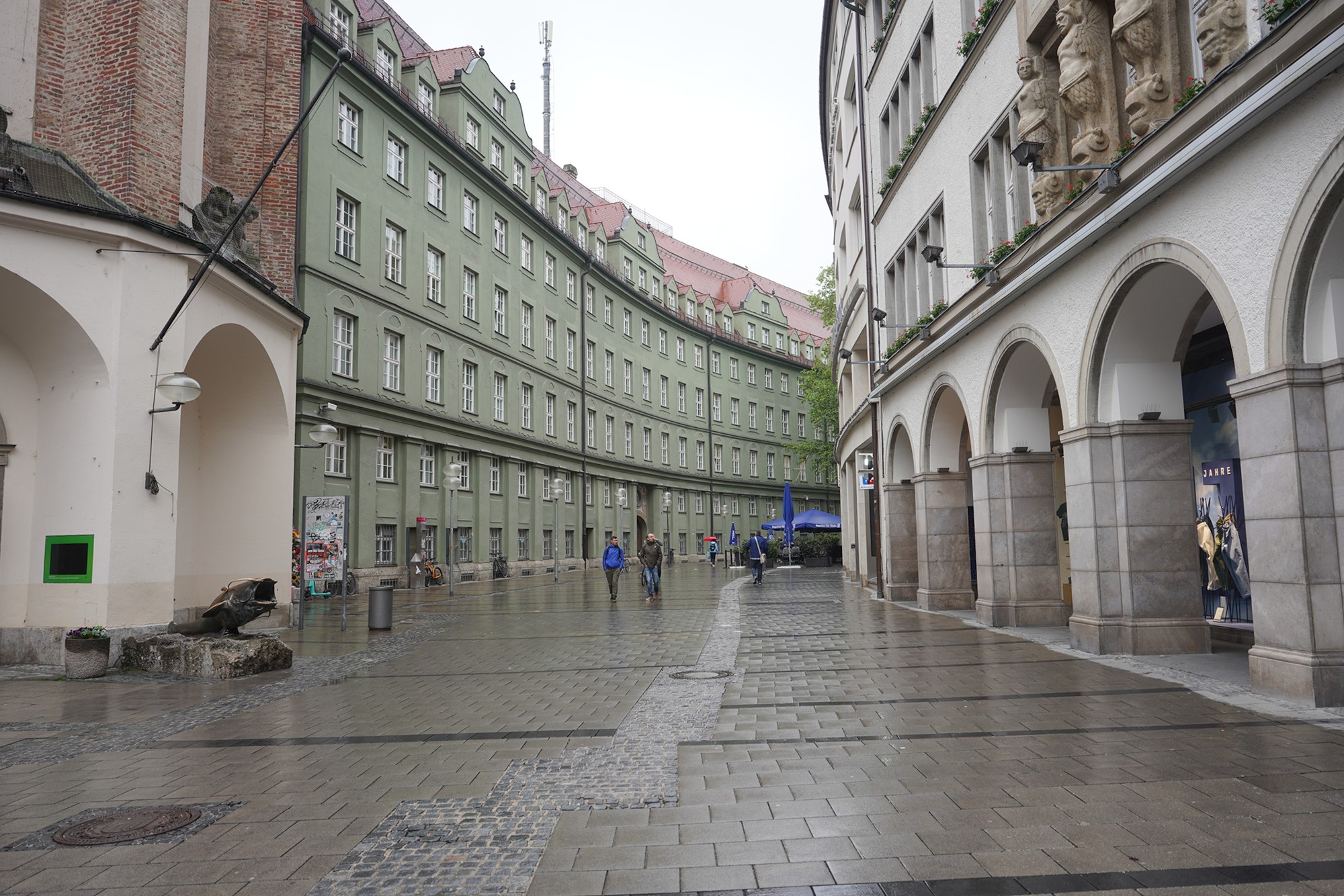


Came back to Frauenkirche Church.

The Frauenkirche was built between 1468 and 1488, under the direction of Jörg von Halsbach. It is known for its imposing size, with a length of 109 meters (358 feet) and a width of 40 meters (130 feet).

The most recognizable feature of the Frauenkirche are its twin towers, which stand 99 meters (325 feet) tall. The towers are capped with unique domes, known as “onion domes,” added in the 16th century.


The interior of the Frauenkirche is spacious and serene, with soaring columns that draw the eye upward. The nave is light-filled and features a simple yet elegant design. The cathedral’s most famous artwork is the tomb of Emperor Ludwig IV of Bavaria, located in the chancel.


A famous legend associated with the Frauenkirche is the “Teufelstritt” or Devil’s Footprint. Near the entrance of the church, there is a footprint embedded in the floor, which, according to legend, was left by the devil himself. The story goes that the devil made a pact with the builder, agreeing to help him complete the church as long as it had no windows. The builder then tricked the devil by placing columns in such a way that, when viewed from the entrance, the windows are not visible. In anger, the devil stomped his foot, leaving the footprint that can still be seen today.


Back side

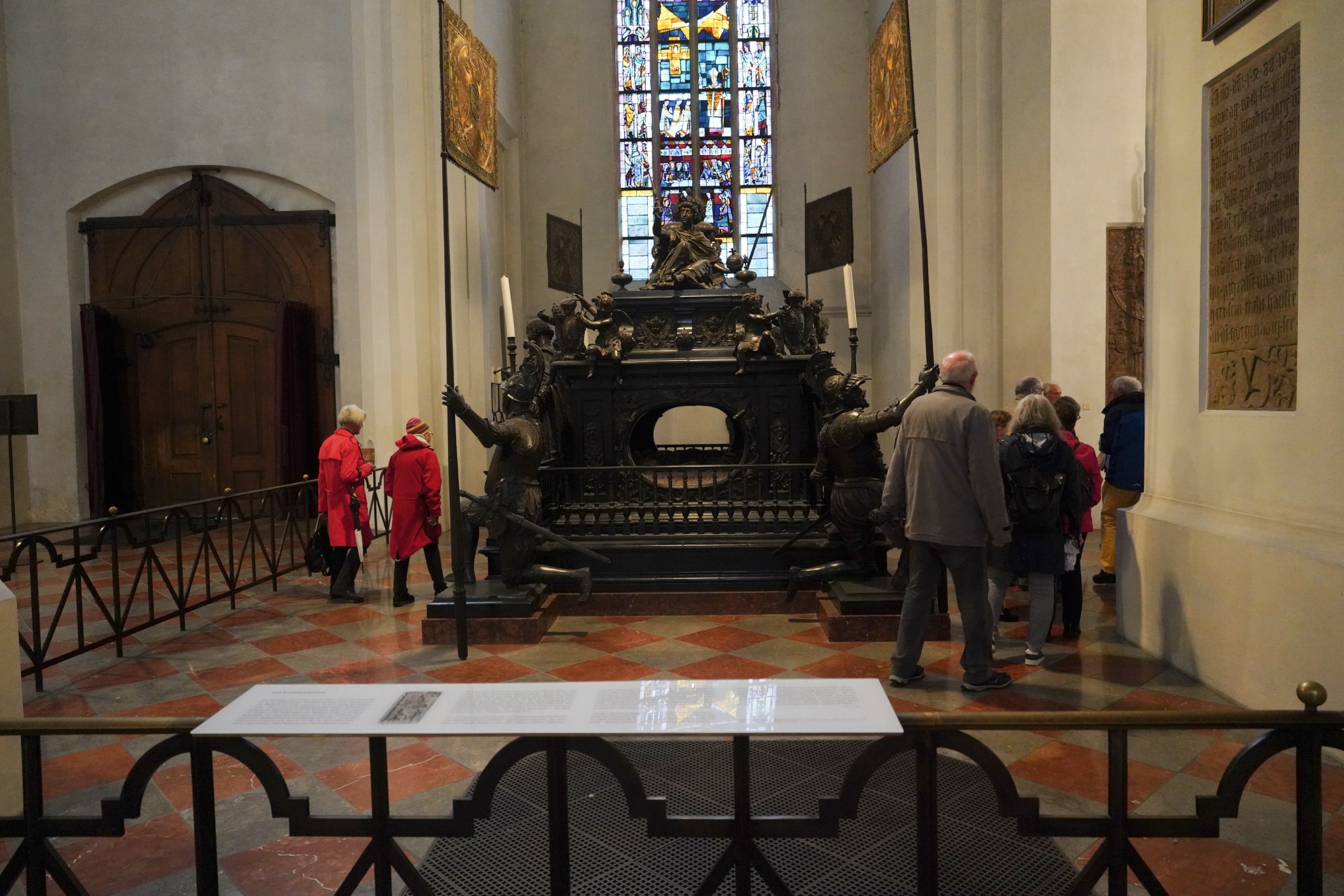


Out of the church and walked toward Orlando-di-Lasso-Statue und zugleich Michael-Jackson-Gedenkstätte


Orlando di Lasso Statue

Today, few people will remember Orlando di Lasso. But in the 16th century, the Franco-Flemish composer was popular enough to erect a statue in his honor at the Eastern end of Promenadeplatz.
This statue to the dead composer gained an odd amount of attention in 2009, thanks to Michael Jackson. Within days of Jackson’s death, fans of the King of Pop began laying wreaths and personal tributes on Lasso’s statue.
There is no connection between the statue or the composer and Michal Jackson, except that the statue stands in front of the five-star hotel Bayerischer Hof, which MJ once visited during a tour.



Walked toward the Hofbräuhaus München. The Hofbräuhaus München is one of the most famous beer halls in the world and a quintessential symbol of Bavarian culture and hospitality.


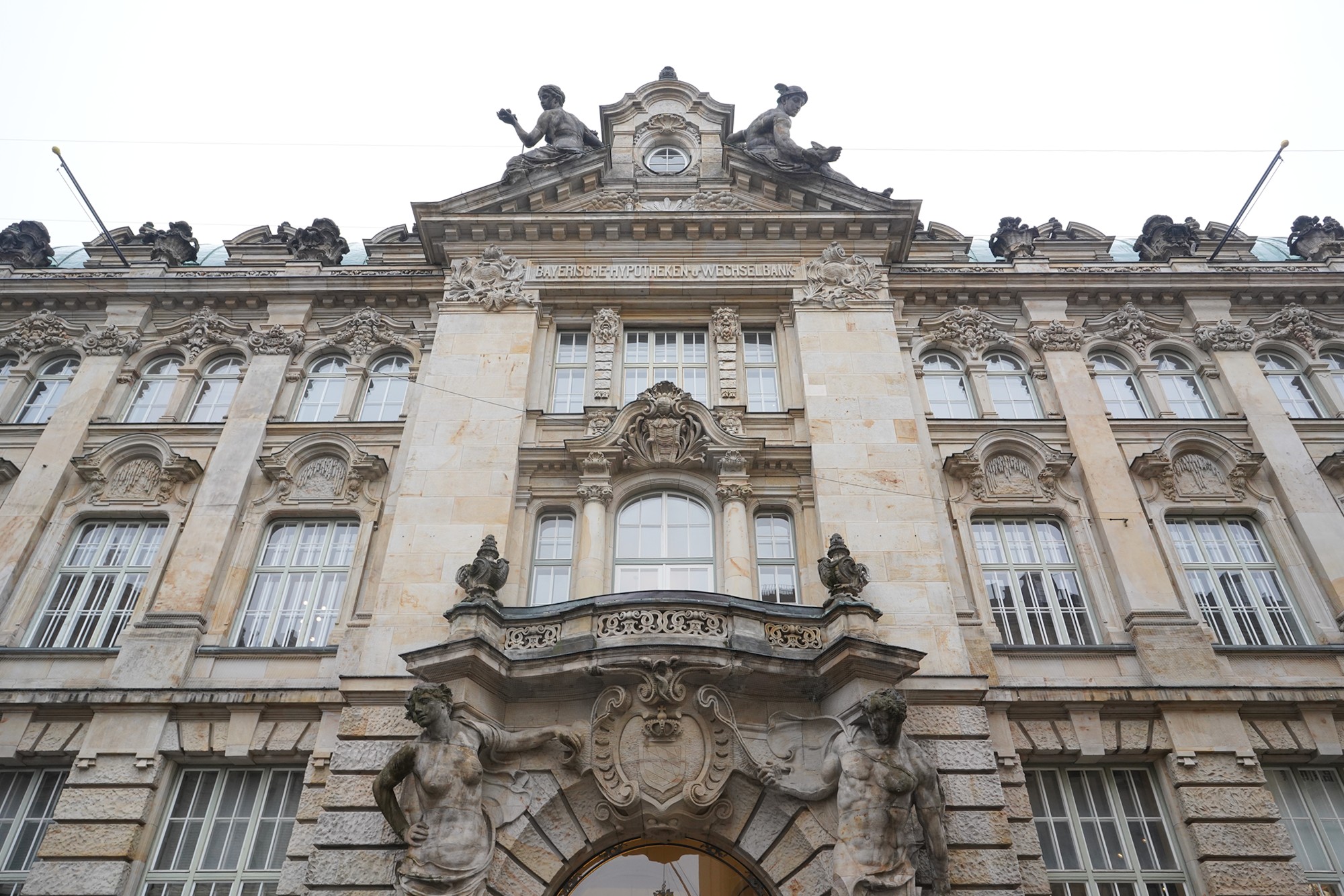



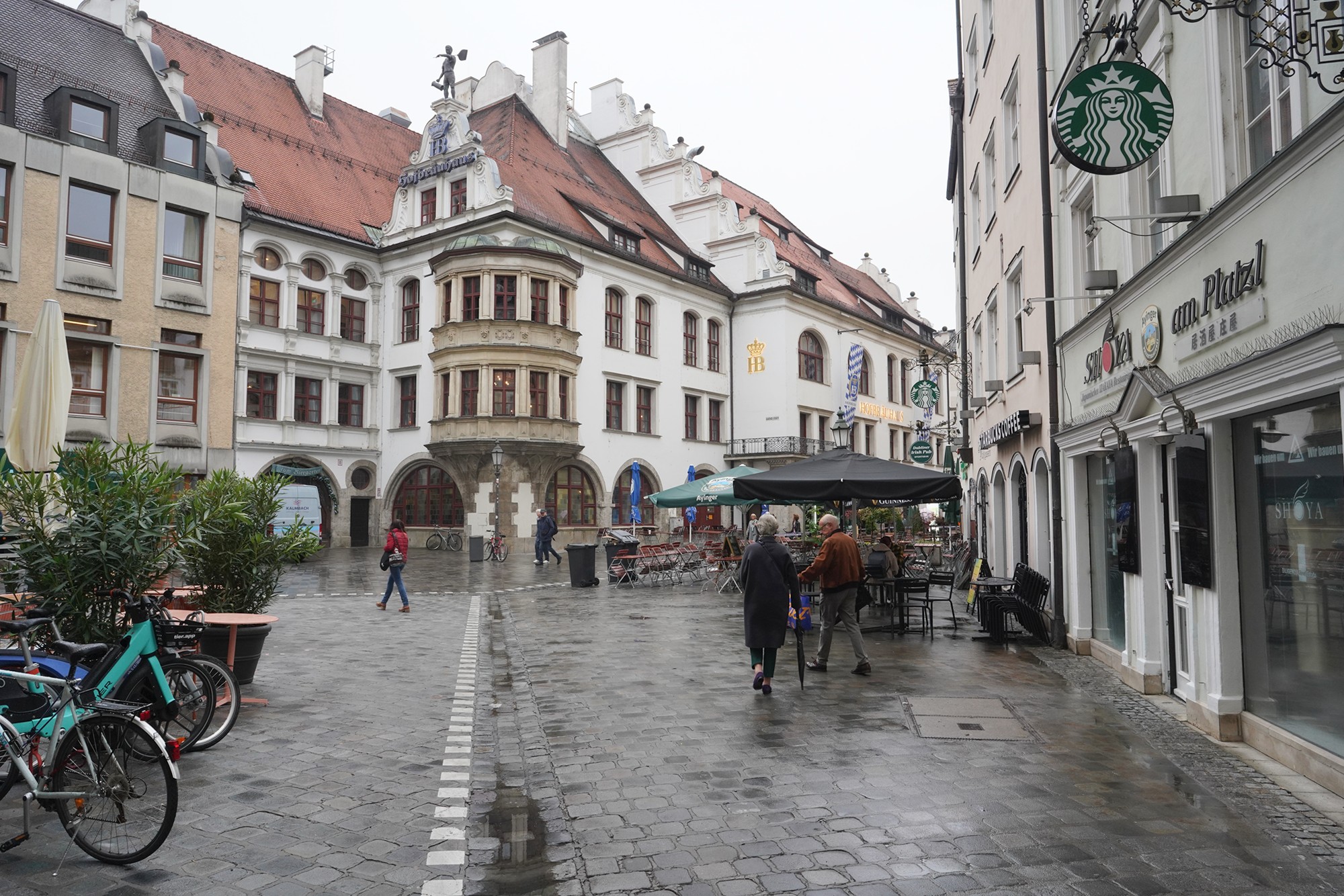




The Hofbräuhaus was originally founded in 1589 by Duke Wilhelm V of Bavaria to supply the royal court with beer. Initially, it produced a stronger, darker beer, but in 1602, the brewery began producing a lighter wheat beer, which became immensely popular. The public beer hall was opened in 1828, and since then, it has become a gathering place for locals and visitors alike.

The Hofbräuhaus is housed in a grand building with a traditional Bavarian interior, featuring long wooden tables, vaulted ceilings, and rustic décor. The main hall, known as the “Schwemme,” can accommodate over 1,000 guests and is filled with the lively sounds of clinking beer steins, traditional Bavarian music, and cheerful conversations. The atmosphere is warm and welcoming, making it a perfect spot to experience the spirit of Munich.



The Hofbräuhaus serves its own beer, brewed according to centuries-old recipes. The most famous brew is the Hofbräu Original, a classic Munich lager, but they also offer a variety of other beers, including wheat beers and seasonal specialties. The beer is traditionally served in large one-liter steins, known as “Maßkrugs.” Alongside the beer, the Hofbräuhaus offers a menu of hearty Bavarian cuisine, including dishes like Weisswurst (white sausage), Schweinshaxe (pork knuckle), pretzels, and Obatzda (a Bavarian cheese spread).
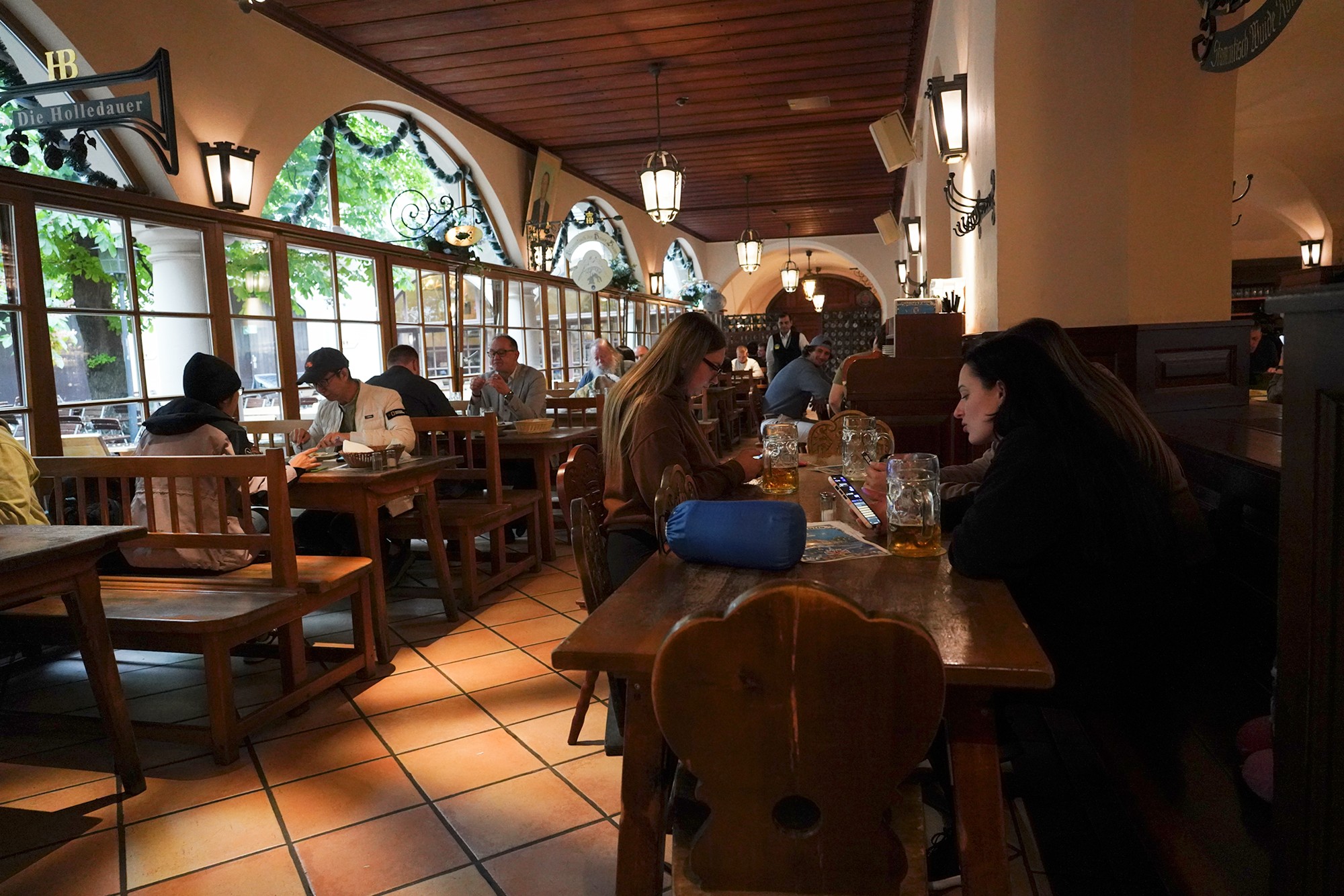


The next destination was the Munich Residence, which is a Palace, buildings, and gardens housing state-owned museums with original interiors and artworks.

The Residence Museum

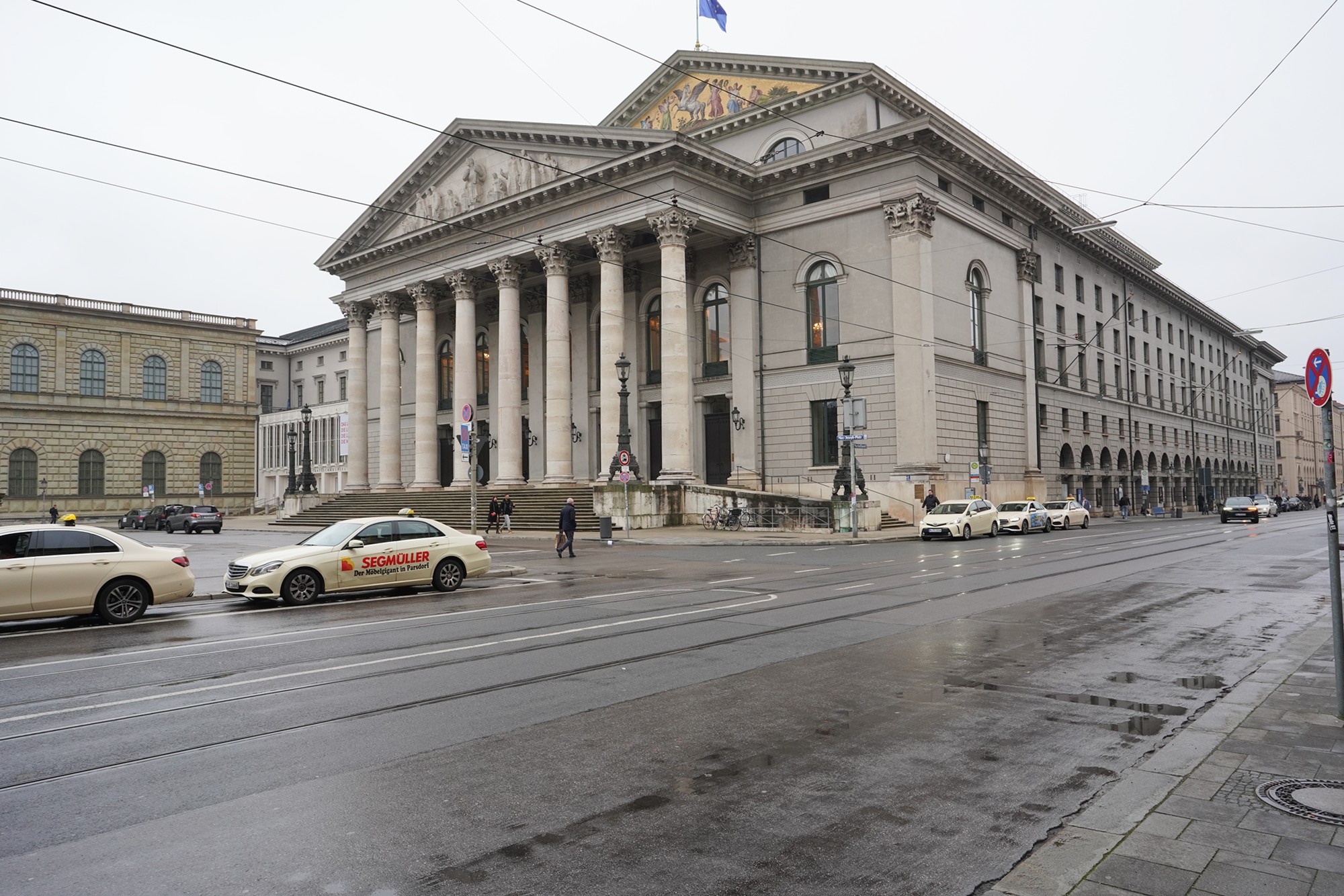





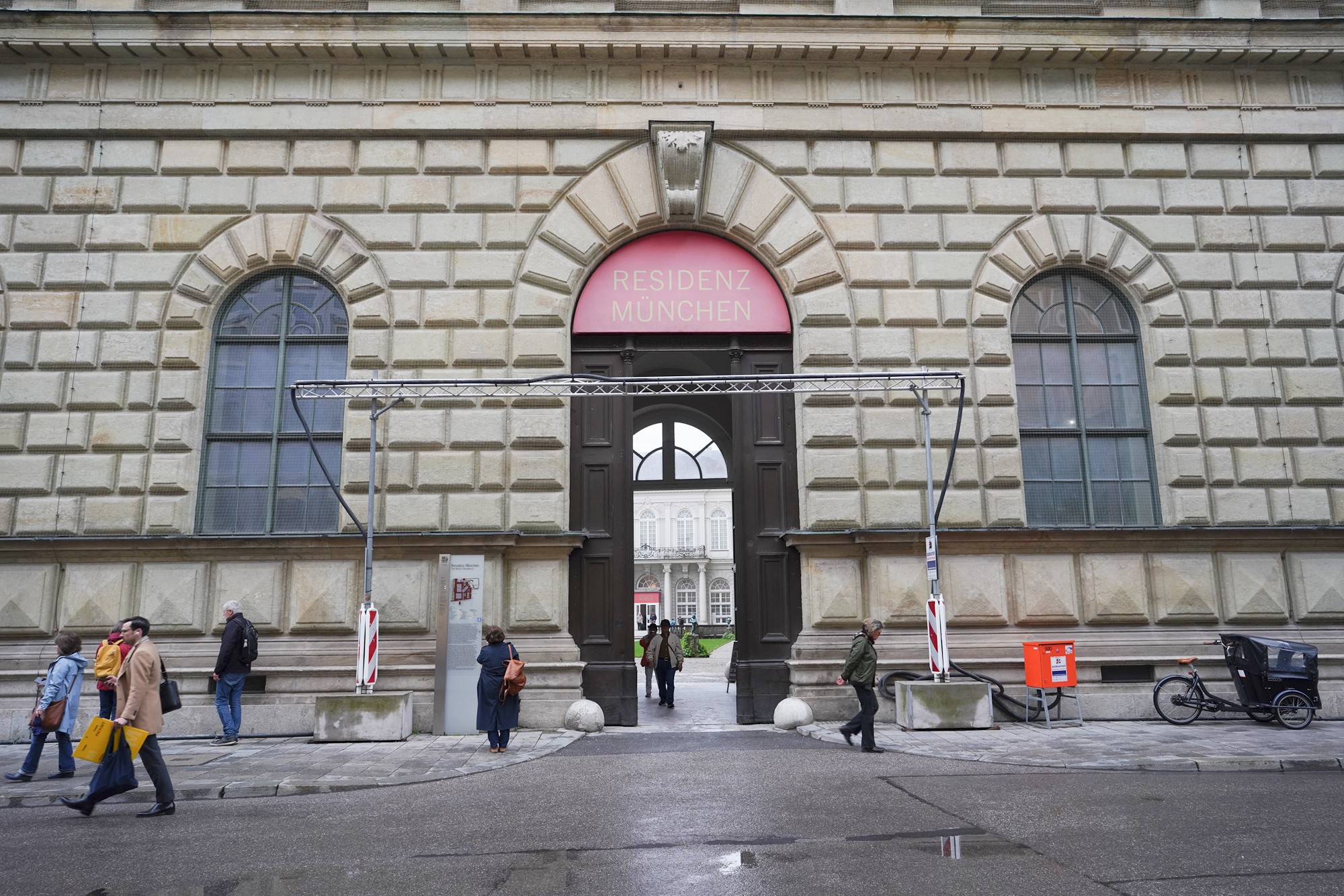



Buildings in front of the museum










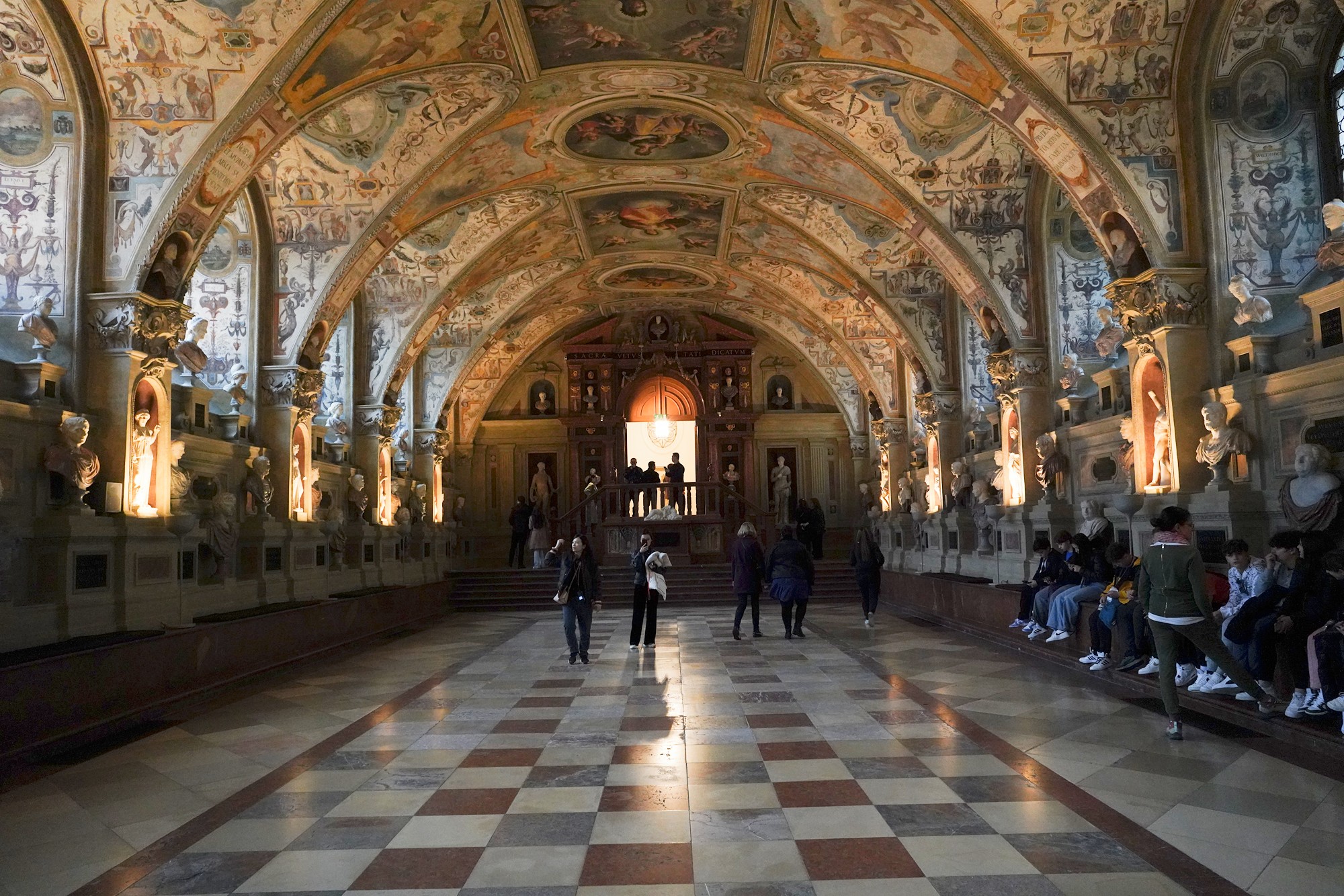



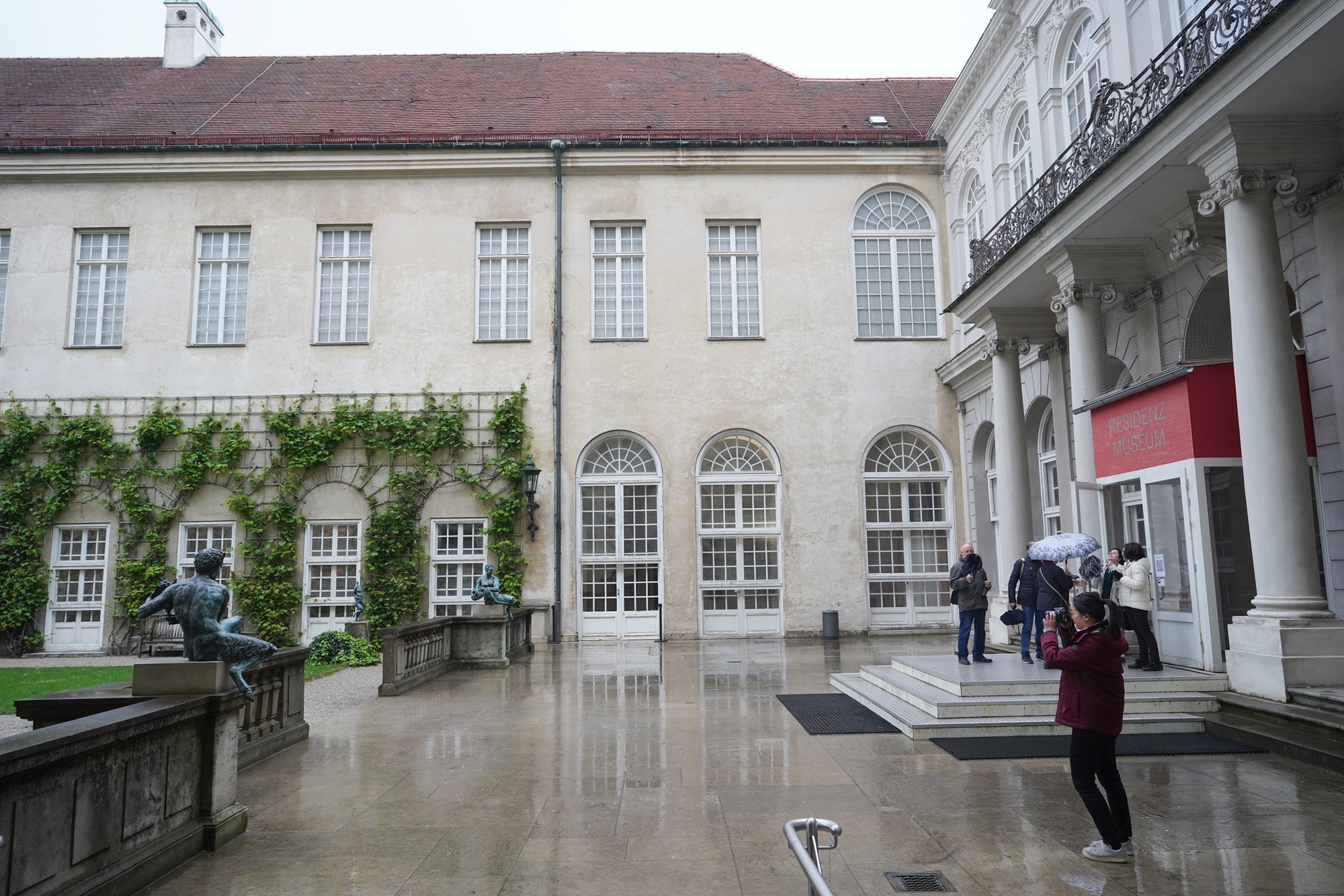
I will have a separate blog on the museum.


This area has many stores that sells luxury items.












Came back to the Marienplatz





